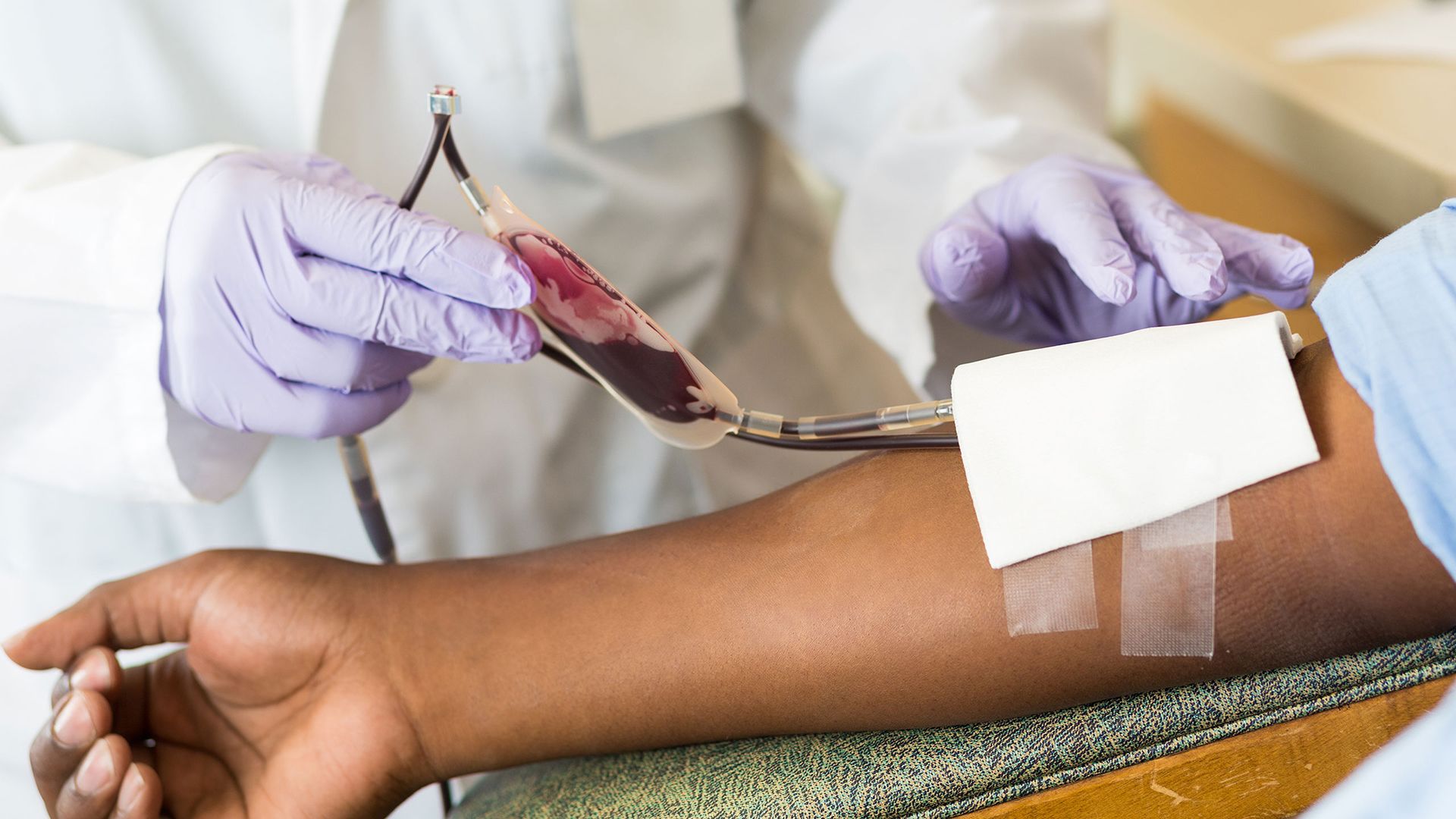Pain functions like a warning system for the body. When something hurts, it’s often a sign that something is wrong and requires attention.
Pain is a frequent symptom of acute porphyrias, including acute intermittent porphyria (AIP) and other types of acute hepatic porphyria. Porphyrias are a group of rare genetic disorders that interfere with the body’s ability to produce heme.
Here, we look at why acute porphyrias result in pain and what people with this condition should know about managing pain.
Understanding porphyrias
Nearly all the body’s vital organs depend on heme to function normally. Heme is possibly most well known as a component of hemoglobin, the substance that gives red blood cells their red color and enables those blood cells to transport oxygen. But heme is also a component of several hundred other proteins found in the human body.
The synthesis of heme is a complex eight-step process involving eight separate enzymes. Each step creates a compound called a porphyrin, or heme-precursor. When there is not enough of a particular enzyme, porphyrins accumulate in the liver and skin. Excess porphyrins can have a toxic effect on the body.
There are eight different types of porphyria. These eight types can be sorted into two broad categories —cutaneous porphyrias and acute porphyrias.
Cutaneous porphyrias are associated with painful skin symptoms that occur after exposure to sunlight or other sources of UV light.
Acute porphyrias, primarily affect the nervous system and are most often associated with symptoms like severe abdominal pain, nerve pain, and in some cases, chronic pain. Some acute porphyrias also cause skin symptoms as well.
Acute porphyrias and pain
Episodes of severe abdominal pain are a common symptom of acute porphyrias. Acute porphyrias are also associated with chest pain, back pain, pain in the arms and legs, and muscle aches. In addition to pain, a person may also experience other unpleasant sensations like tingling and numbness.
These symptoms occur because excess amounts of porphyrins disrupt the normal function and signaling of nerves—for example, the nerves along the GI tract when you are experiencing abdominal pain, or the nerves that connect to the muscles, if you are experiencing muscle aches.
Over time, repeated attacks can result in nerve damage. Some people with acute porphyrias experience chronic pain as a result.
Treating attacks
A porphyria attack requires treatment. Mild attacks may be treated under the guidance of a healthcare provider, but usually will not require hospitalization. Severe porphyria attacks often require hospitalization.
Treatment will include therapies to help bring porphyrins to healthy levels as well as medications to alleviate pain. Mild attacks may be treated with mild pain relievers, while severe episodes often require more powerful pain-relieving medications.
It’s important to remember that treating pain is only part of treating a porphyria attack. Remember that pain is your body signaling to you that something is wrong—in this case, it’s the body telling you that porphyrin levels have reached a dangerous threshold.
There are therapies that can help prevent episodes from occurring. These should be discussed with a healthcare provider.
Addressing chronic pain
If pain is a daily or near-daily occurrence, tell your healthcare providers.
You should discuss any pain-relieving medicines that you take and how often you take these medications. This includes over-the-counter medicines as well as prescription medicines. Overuse of pain-relief medications comes with a number of health risks.
There are a number of therapies that can treat chronic pain, which work differently than medicines used for short-term pain relief and are appropriate for long-term use.
If you have been diagnosed with any type of porphyria, the best thing you can do is work with healthcare providers who understand the condition and how it is treated.
Experienced healthcare providers will be your best source of information on how to prevent porphyria attacks, what to do when you experience an attack, and what to do if you are experiencing chronic pain or other chronic symptoms.






